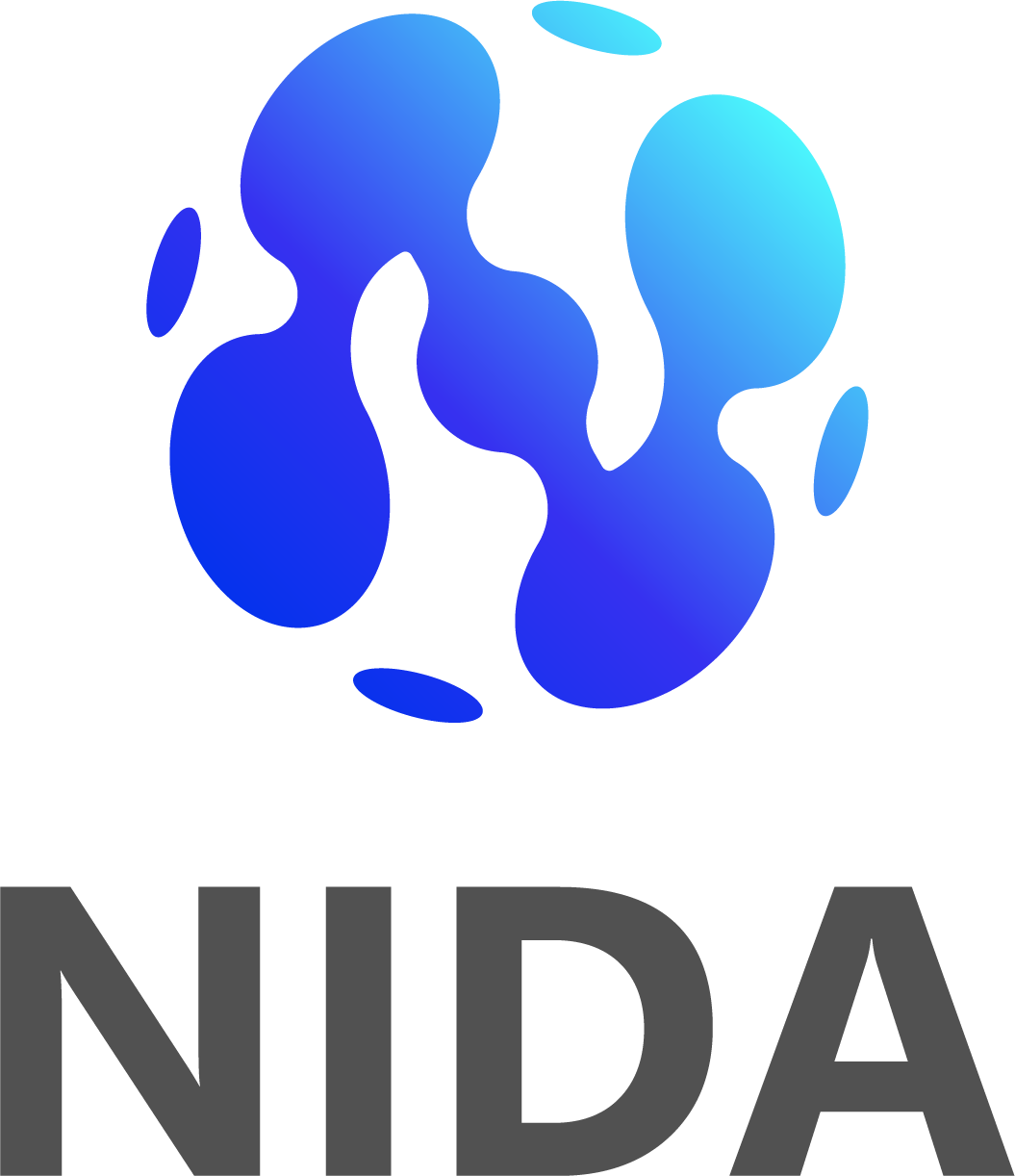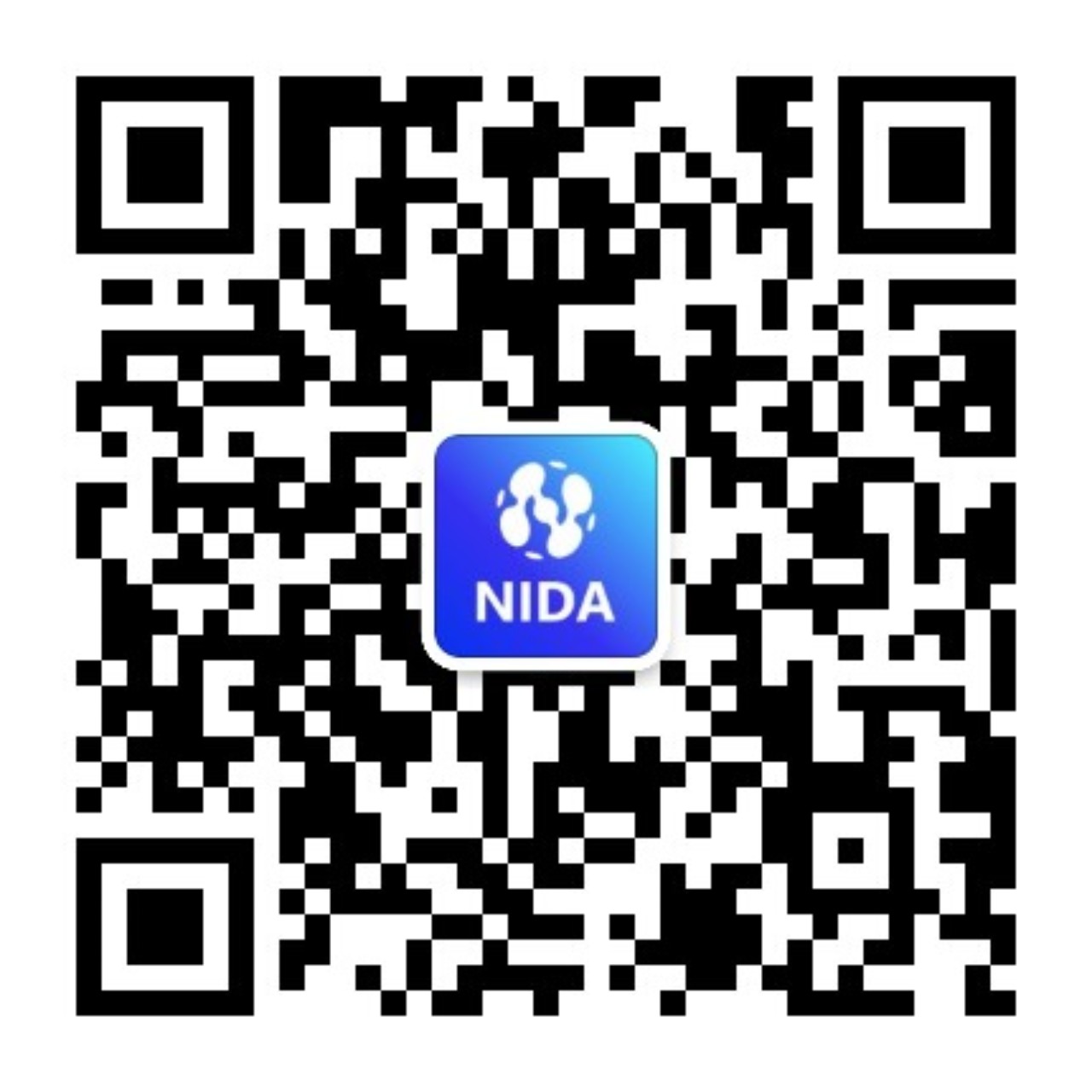NIDA AN WG: Driving the Evolution of Network Intelligence
Introduction to the Series Report:
Working Groups (WG) are the engine driving the development and implementation of international standards, pooling the expertise of global specialists and using consensus to drive technical specifications and industry practices in specific fields. Within the Hetao International Organization Headquarters, dozens of working groups exhibit a vibrant landscape of high specialization and domain diversity. To overcome the inherent challenges of cross-regional and cross-time-zone collaboration, the digital collaboration platform AllianceHub plays a crucial role. Through integrated online tools, it streamlines communication and decision-making processes, enabling global experts to concentrate on core deliberations, improving the quality and value density of outcomes, effectively underpinning the efficient operation of the Hetao working group ecosystem, and establishing global innovation influence.
NIDA AN Working Group
Driving the Evolution of Network Intelligence
As part of the Network Innovation and Development Alliance (NIDA) 's commitment to defining the evolution path for global internet infrastructure and driving the upgrade of the data communication industry, the Autonomous Network Working Group (WG02) plays a key role in advancing the evolution of network intelligence.
Currently, the wave of intelligence is profoundly reshaping the global industrial landscape. The accelerated digital and intelligent transformation across various industries has placed unprecedentedly high demands on the intelligence of network infrastructure. Against this backdrop, WG02 shoulders the core mission of focusing on network intelligence, driven by business value. It aims to consolidate broad industry consensus, thoroughly discuss, and clearly define the overall evolution goals and technology roadmap for network intelligence. This includes defining network generational evolution, key application scenarios, and the top-level architecture for autonomous networks, with a particular focus on promoting technological innovation and practical implementation of L4 and higher-level autonomous capabilities in high-value business scenarios.

As emphasized by Ma Junfeng, Chairman of the working group from the China Academy of Information and Communications Technology: "The core task of the Autonomous Network Working Group is to consolidate industry forces and chart a clear and widely recognized path for the evolution of network intelligence. We are committed to advancing L4 and higher-level network autonomous capabilities from concept to practice, accelerating their implementation in high-value scenarios, with the ultimate goal of establishing globally recognized standards for next-generation intelligent networks."
The working group's membership composition reflects the market's urgent demand for network intelligence at the industry level. Its lineup spans the entire value chain: representing end-user needs are ICBC, Ping An Technology, Tencent, iFlytek, and Shenzhen Smart City Group; these organizations directly voice the strong desire across various industries for efficient, intelligent network connectivity. As the primary entities responsible for network construction and operation, China Unicom and China Mobile face the challenges and opportunities of integrating intelligence into their operations. The technology and equipment supply side includes core equipment vendors and chip manufacturers such as Huawei, ZTE, and Centec Networks, as well as Xinertel Technologies in testing and verification, and AsiaInfo Technologies in software integration. Concurrently, research capabilities from top scientific research institutes and universities including the China Academy of Information and Communications Technology, Jiangsu Future Networks Innovation Institute, Purple Mountain Laboratories, Computer Network Information Center of the Chinese Academy of Sciences, Southeast University, and Beijing University of Posts and Telecommunications provide solid backing for technological foresight and standard setting.
Building on collective industry wisdom, the Autonomous Network Working Group actively translates consensus into concrete results. One of its recent key outputs is the standard "Technical Requirements for Intelligent Operation and Maintenance Capabilities of Smart Campus Networks" (T/NIDA-002-2024). Focusing on the typical application scenario of smart campuses, this specification details the technical requirements for AI-based intelligent network operation and maintenance (O&M). It covers multiple dimensions, including automated deployment, intelligent O&M troubleshooting, user experience assurance, network security operations, and green energy saving. The standard aims to provide clear guidance for the design, R&D, evaluation, and testing of intelligent O&M systems for smart campus networks, thereby strongly promoting the standardization and practical implementation of intelligent O&M capabilities within the industry.
To ensure efficient operations and convenient collaboration among global experts, the Autonomous Network Working Group has fully adopted the AllianceHub digital collaboration platform. The working group utilizes this platform for daily activities, including key processes like submitting technical proposals, organizing online meetings, conducting discussions, and voting on decisions. AllianceHub's integrated tools significantly optimize cross-regional and cross-organizational collaboration, allowing experts to focus more effectively on core technical discussions. Parties interested in learning more about the working group's activities or seeking cooperation can engage via the AllianceHub platform or contact the working group directly by email at contact@nida-alliance.com.
Note: The article is reprinted from Comentropy Service Center WeChat official account.

